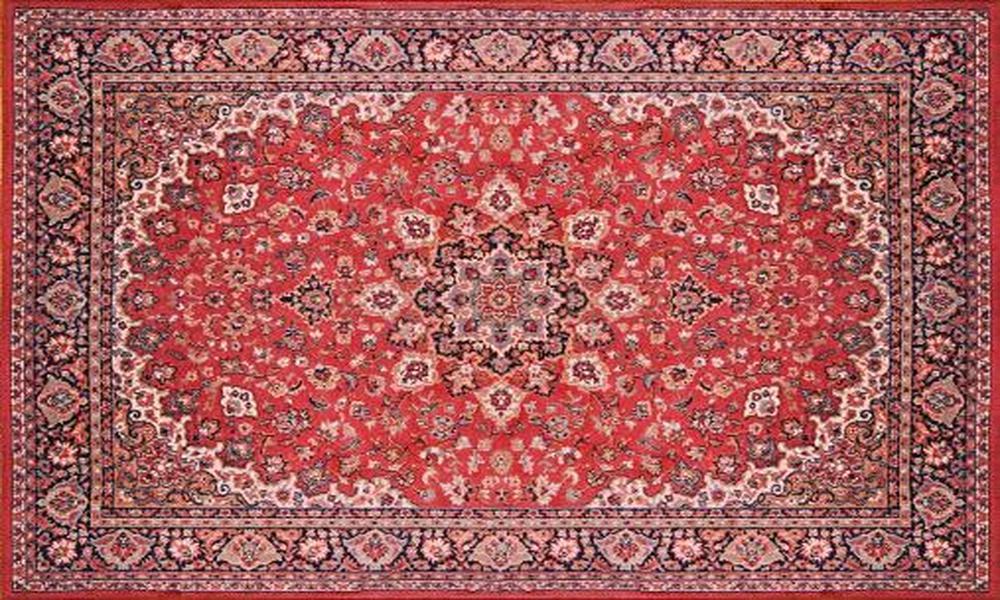What Makes Persian Carpets So Unique?

Persian carpets are renowned all over the world for their intricate designs, exceptional quality, and outstanding craftsmanship. These carpets are handwoven using traditional techniques and natural materials, making them a timeless work of art that has been passed down through generations. So, what exactly makes Persian carpets so unique? Persian carpets were not only used as decorative pieces but also as practical items that provided insulation against the harsh winters.
Over time, Persian carpet weaving evolved to become a highly skilled craft that was passed down from one generation to another. The weavers used natural materials such as wool, silk, and cotton, and they incorporated traditional motifs and patterns that had deep cultural significance. Today, Persian carpets remain an essential part of the Iranian culture and are highly sought after by collectors and enthusiasts worldwide.
What are the unique designs of Persian carpets?
One of the most remarkable things about Persian carpets is their intricate designs. These designs are often inspired by nature, mythology, and religious beliefs, and they are created using a combination of geometric and curvilinear patterns. Each design has its own meaning and symbolism, making it a fascinating and thought-provoking piece of art.
Some of the most popular designs include the medallion, which is a circular or diamond-shaped motif in the center of the carpet. Other designs include the boteh or paisley, which is a teardrop-shaped motif that represents the Cypress tree, a symbol of life and eternity. The Herati pattern, which is a floral motif with a central diamond, is also a common design found in Persian carpets.
Another unique feature of Persian carpets is their use of color. Persian carpets often use natural dyes made from plants, fruits, and insects, which give them a unique and vibrant color palette. The colors are often symbolic, with red representing life and vitality, blue symbolizing spirituality and heaven, and green representing nature and growth.
How are Persian carpets made?
The production of Persian carpets is a time-consuming and labor-intensive process that requires skill, patience, and attention to detail. The process begins with the selection of high-quality materials such as wool or silk, which are then spun into yarn using traditional techniques. The yarn is then dyed using natural dyes to create the desired color palette.
Next, the weavers set up the loom, which is a frame used to hold the warp threads in place. The weft threads are then woven through the warp threads to create the pattern and design of the carpet. This process is repeated row by row until the carpet is complete.
The final step in the production process is the finishing of the carpet. The carpet is washed to remove any excess dye and then stretched and trimmed to achieve the desired size and shape. The fringes are then knotted and trimmed to give the carpet a finished look.
Persian carpets are a unique and exquisite work of art that has captivated people’s attention for centuries. Their intricate designs, exceptional quality, and outstanding craftsmanship make them a must-have for collectors and enthusiasts worldwide. Whether you’re interested in the history, design, or production of Persian carpets, there’s no denying that they are a fascinating and beautiful part of the Iranian culture.







